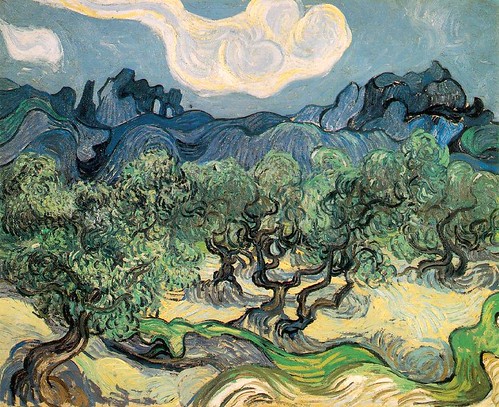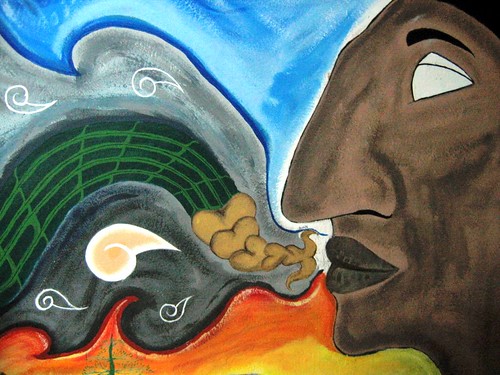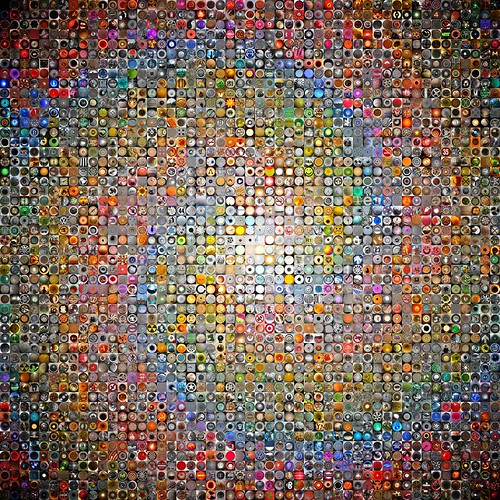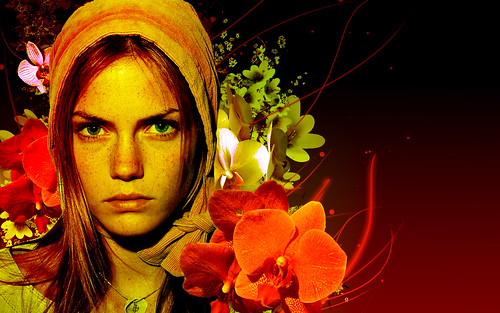
Composition with Yellow, Blue, and Red, 1921, oil on canvas, 72.5 x 69 cm, Tate Gallery. London.
He was an important contributor to the De Stijl art movement and group, which was founded by Theo van Doesburg. He evolved a non-representational form which he termed Neo-Plasticism. This consisted of a grid of vertical and horizontal black lines and the use of the three primary colours.
Mondrian was born in Amersfoort in the Netherlands, the second of his parents' children. He was descended from Christian Dirkzoon Monderyan who lived in the Hague as early as 1670. The family moved to Winterswijk when his father, Pieter Cornelius Mondriaan, was appointed head teacher at a local primary school. Between his 1905 painting 'The River Amstel' and his 1907 'Amaryllis', Mondrian changed the spelling of his signature from Mondriaan to Mondrian. Mondrian was introduced to art from a very early age: his father was a qualified drawing teacher, and with his uncle, Fritz Mondriaan (a pupil of Willem Maris of The Hague School of artists), the younger Piet often painted and drew along the river Gein.
After a strictly Protestant upbringing, in 1892, Mondrian entered the Academy for Fine Art in Amsterdam, already qualified as a teacher.
He began his career as a teacher in primary education, but while teaching he also practiced painting. Most of his work from this period is naturalistic or impressionistic, consisting largely of landscapes. These pastoral images of his native Holland depict windmills, fields, and rivers, initially in the Dutch Impressionist manner of the Hague School and then in a variety of styles and techniques documenting his search for a personal voice. These paintings are most definitely representational, and illustrate the influence that various artistic movements had on Mondrian, including pointillism and the vivid colors of fauvism.
On display in The Hague's Gemeentemuseum are a number of paintings from this period, including such post-impressionist works as The Red Mill and Trees in Moonlight. Another painting, Evening (Avond) (1908), a scene of haystacks in a field at dusk, even augurs future developments by using a palette consisting almost entirely of red, yellow and blue. Although it is in no sense abstract, Avond is the earliest of Mondrian's works to emphasize the primary colors.

http://en.wikipedia.org/wiki/Piet_Mondrian





































